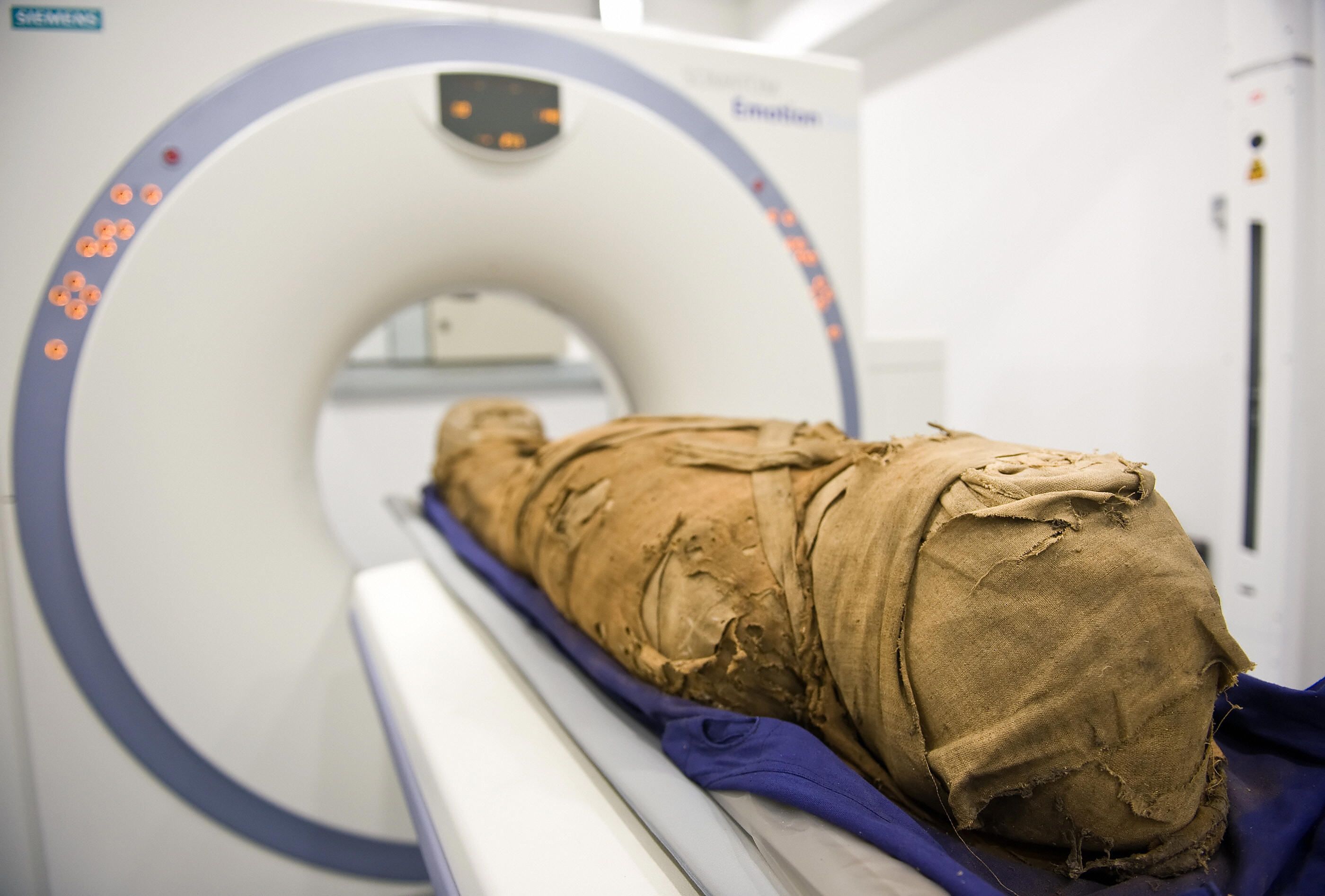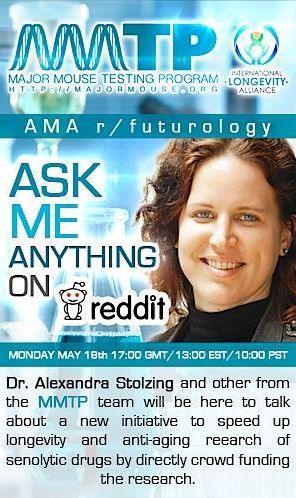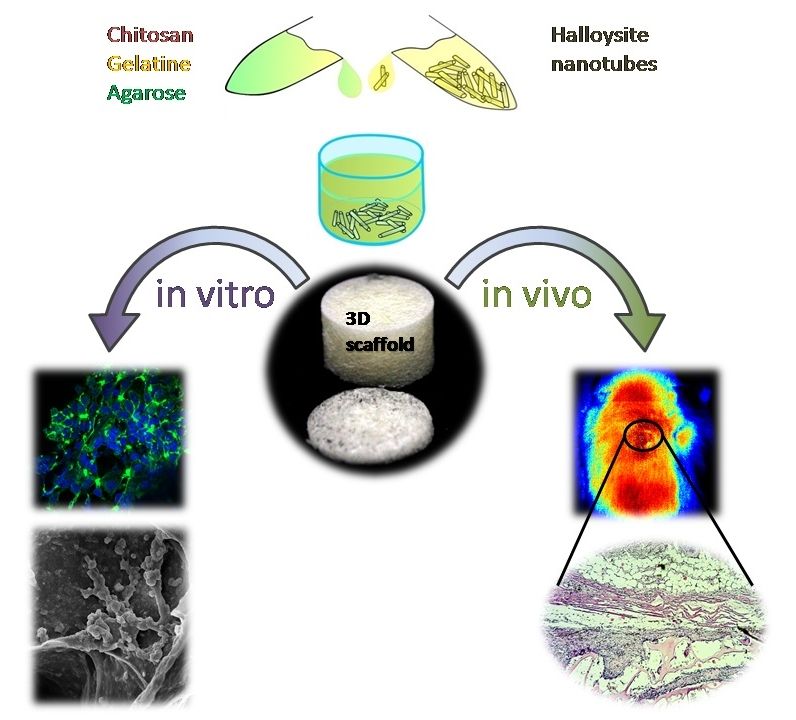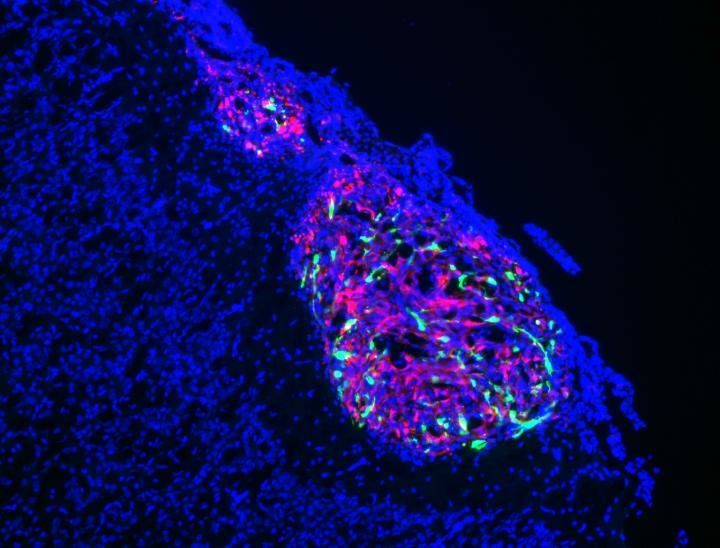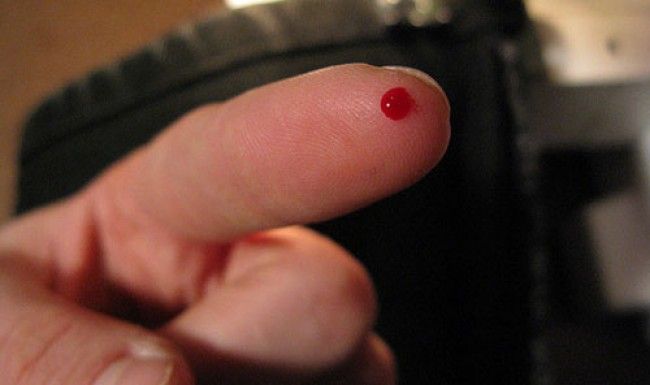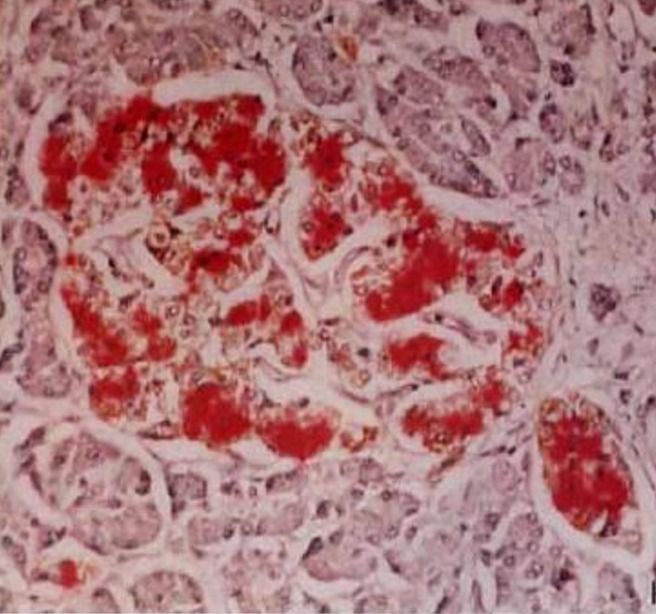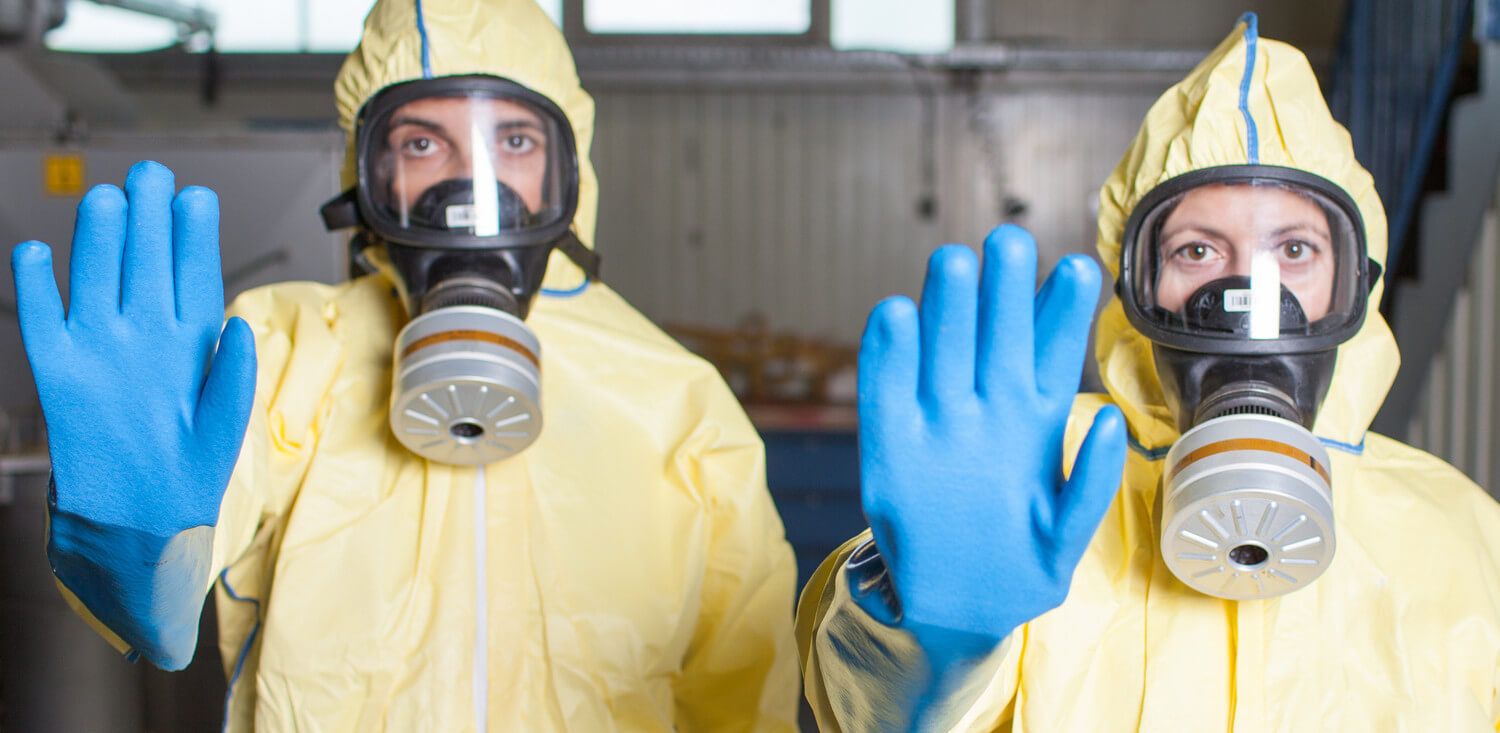May 13, 2016
We’re Closer Than Ever to Bringing the Dead Back to Life
Posted by Shailesh Prasad in categories: biotech/medical, neuroscience, robotics/AI
The use of cryogenics, for now, borders on science fiction—but that hasn’t stopped scientists and wealthy enthusiasts from trying to make it a reality.
Humai, an L.A.-based robotics company, hopes to freeze human brains after death with the expectation that technology will soon catch up—allowing the brain to be resurrected in an artificial body. Neuroscientists have excessively cautioned about lending cryogenics credence, but scientific research has blurred the definition of death and the consensus on when it occurs.
For centuries, death was called at the moment the heart stopped beating. However, medicine has evolved to the point that cardiopulmonary resuscitation (CPR) is now a common life-saving technique incorporated in basic first aid training, along with more advanced forms of resuscitation—like defibrillators—that can restart the heart. Several cases have been cited where a person under cardiac arrest has been brought back to life hours after they’ve technically died, when cooling processes and correct resuscitation procedures are implemented. According to a 2012 study published in Nature, skeletal muscle stem cells can retain their ability to regenerate for up to 17 days after death, redefining death as occurring in steps rather than at one single moment.
Continue reading “We’re Closer Than Ever to Bringing the Dead Back to Life” »
